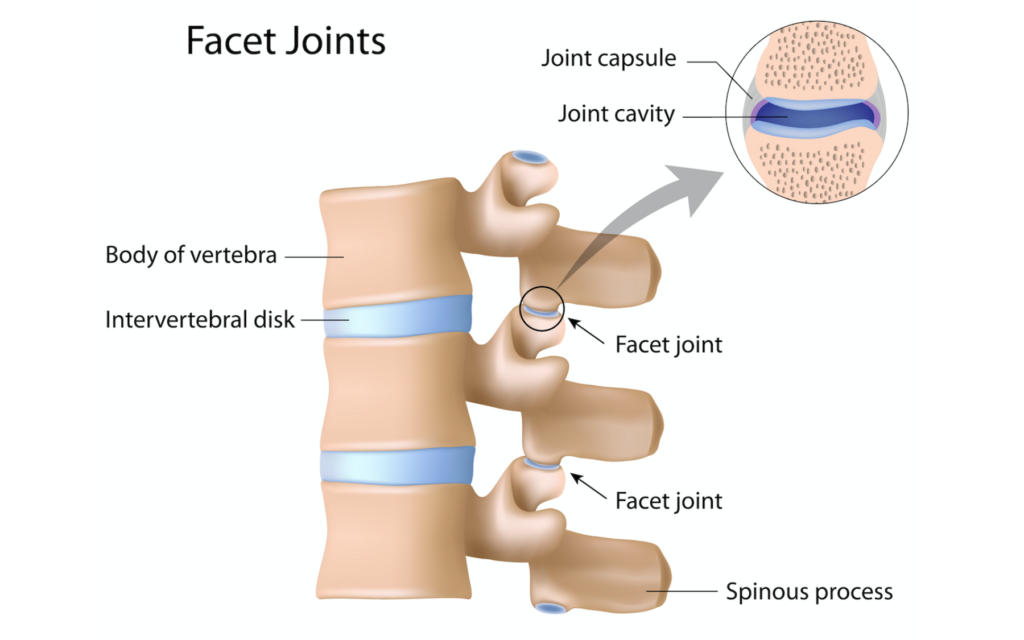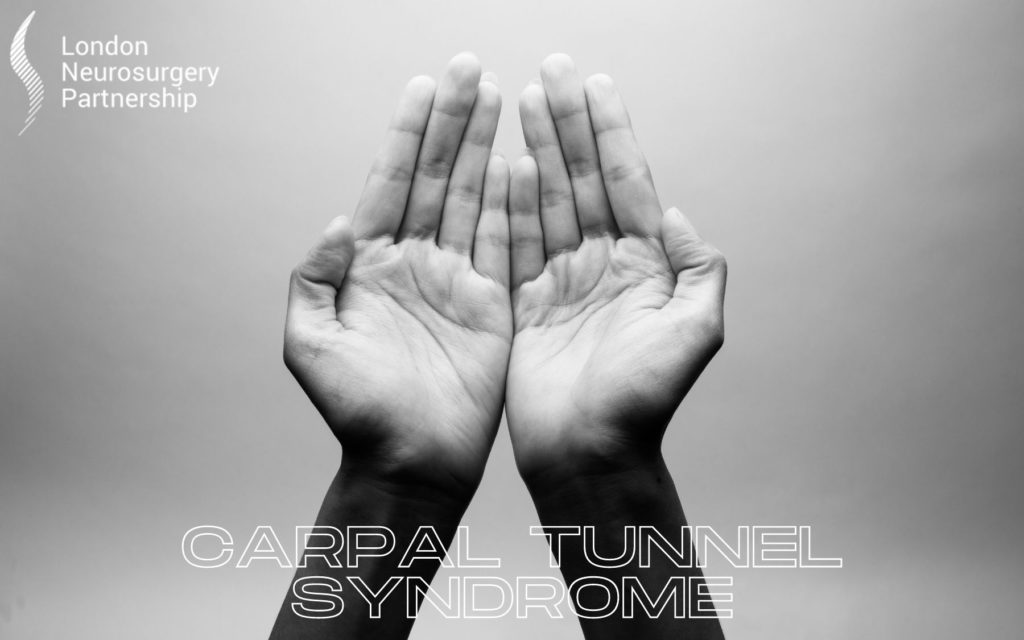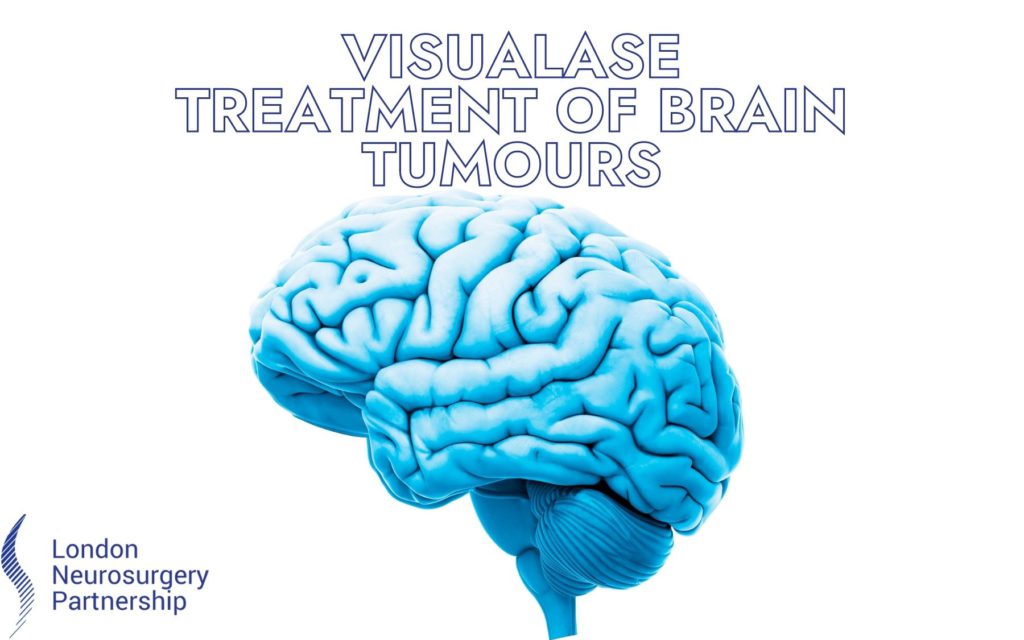
Facet joint syndrome is caused by the degenerative changes in your spine. Your spine is made up of 33 individual bones that provides support for your body and the facet joints sit in-between the vertebrae of your spine. The facet joints provide mobility and strength to your spine and help limit movement.
 Facet joints are synovial joints that sit in synovial fluid and are lined with cartilage. They are protected by a joint capsule that work and slide together providing mobility to your back. Degenerative changes in your spine can sometimes cause your facet joints to become strained from wear and tear. The joint capsules that protect the facet joints can thin and the cartilage inside that is usually smooth will become harder and irregular. Facet joint syndrome can be described as an arthritis like pain as the joints become irritated and inflamed where they are unable to move together smoothly.
Facet joints are synovial joints that sit in synovial fluid and are lined with cartilage. They are protected by a joint capsule that work and slide together providing mobility to your back. Degenerative changes in your spine can sometimes cause your facet joints to become strained from wear and tear. The joint capsules that protect the facet joints can thin and the cartilage inside that is usually smooth will become harder and irregular. Facet joint syndrome can be described as an arthritis like pain as the joints become irritated and inflamed where they are unable to move together smoothly.
Symptoms can be triggered by an injury or pressure on the spinal cord. Pain signals will be sent from the medial branch nerves to your brain that the facet joint is irritated and therefore may react in spasms.
Symptoms of facet joint syndrome do include:
- Loss of spinal flexibility
- Discomfort when leaning backwards, forwards or sideways
- Radiation of pain into other parts of the spinal cord, neck, shoulders, arms, legs and fingers.
- Tenderness of the back
- Aching of the back
- Pain when standing or sitting for a period of time
Degeneration basically means ageing of the joints and as we get older our bones and joints do too, which causes wear and tear. Other possible causes can include obesity, posture and day to day repetitive activities like sitting for long periods. Both men and women can get facet joint syndrome but it usually occurs in people 40+ when the bones start to degenerate and ultimately rub together and become irritated.
If a patient is experiencing symptoms of possible facet joint syndrome then a trip to your doctor will be necessary. Your doctor will go through your medical history and symptoms then perform a physical examination like testing your reflexes, muscle tone and sensory function. Imaging is always a very good option when trying to diagnose a condition a doctor can not physically see. Studies like MRI, CT, and X-ray will be able to take pictures of your spinal cord and pin-point the irritated facet joints and any other problem affecting the spine.
There are treatments available for facet joint syndrome and this doesn’t mean surgical intervention.
Simple solutions like self-care is sometimes the best way to start if your symptoms are not extremely painful or chronic. Correcting poor posture, exercise and better management and being mindful of your back are all effective ways of improving your facet joint pain.

Physiotherapists are specially trained in understanding how the body works and work hard to provide patients with effective care in the best way. They help you gain strength with exercises and show you techniques on how to walk, lift and stand properly.
Medications are also beneficial for patients with inflamed facets or who are suffering with muscle spasms. Anti-inflammatory medication and creams are just some of the options.
Steroid joint injections are probably the most effective and quickest form of pain relief for patient suffering from a lot of pain on a daily basis. It is a minimally invasive procedure that injects corticosteroid and numbing agent in to the irritated joint. The steroid injection reduces swelling and irritation from the facet joints. Pain relief can begin straight away and can last from days to years and if the pain returns then the injections can be repeated.
Radiofrequency ablation is a treatment an x-ray guided electrical current is used to produce heat to burn areas of nerve tissue that sends pain signals to the brain, ultimately reducing the pain. It is minimally invasive and helps patients suffering from chronic pain like facet joint syndrome.
This article is intended to inform and give insight but not treat, diagnose or replace the advice of a doctor. Always seek medical advice with any questions regarding a medical condition.
Back to spinal conditions.





0 Comments